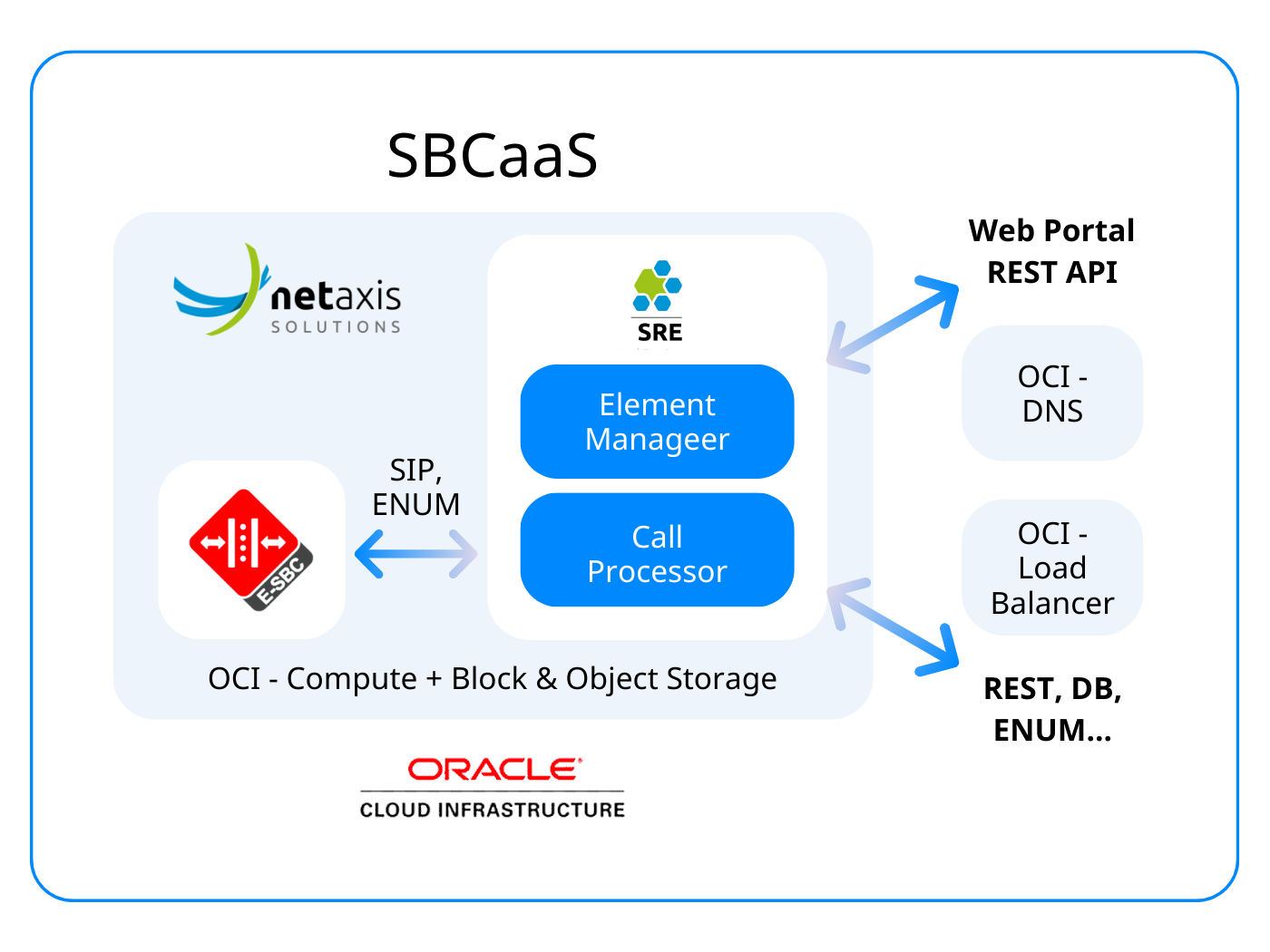Table of Contents
Voice is Not Dead: Techcos however need to embrace the cloud revolution in business communication. Four key aspects to consider.
Voice is not dead. In fact, it remains essential in business communication, especially in B2B contexts. Recent statistics reveal that approximately 70% of businesses still rely on fixed voice services to maintain effective communication channels. This reliance highlights the importance of voice services in preserving customer relationships, particularly as employees frequently change roles within and between organizations. The continuity provided by fixed voice services ensures that businesses can maintain trust and reliability with their clients.
The cloud voice revolution: Embracing UCaaS and CPaaS
Statistics reveal that 67% of your competitors are already leveraging cloud technologies for their enterprise communications. The cloud offers unparalleled benefits, including enhanced flexibility, security, new service revenues and cost savings. For instance, operators that migrate to cloud-based voice platforms can reduce costs by up to 50% while simultaneously improving operational efficiency.
Why move?
Migrating to a cloud-based voice platforms is not just about keeping up with technology; it’s about gaining a strategic advantage:
- Scalability: Unlike traditional on-site systems, cloud-based voice services allow telco’s to scale their calling capacity dynamically. Whether you’re expanding your customer or adjusting to fluctuating demand, the cloud provides the flexibility needed without costly infrastructure investments.
- Reliability: With a resilient cloud service provider, businesses can ensure continuous communication even during unforeseen circumstances. Cloud telephony services often include built-in disaster recovery and business continuity plans, safeguarding against service interruptions.
- Security: Security concerns are paramount when migrating voice services to the cloud. All leading cloud voice platform providers have implemented robust security measures, including encryption protocols and multi-factor authentication, ensuring that sensitive communications remain protected
- New service revenues: By adopting cloud voice solutions, operators can develop innovative propositions targeting specific segments and sectors, enhancing their offerings with additional value-added services. This shift allows operators to tap into a rapidly growing market by integrating new communication channels such as video and chat alongside traditional voice services. The flexibility of cloud-based platforms enables organizations to create tailored solutions that meet the unique needs of various industries, thereby attracting new clients and generating additional revenue streams. For instance, companies can offer bundled services that include not just voice calls but also video conferencing and instant messaging, creating a comprehensive communication suite that enhances customer engagement. Moreover, the ability to quickly adapt to market demands means that businesses can introduce new features and services faster than ever before. This agility not only strengthens their competitive edge but also fosters customer loyalty, as clients appreciate having access to the latest communication tools. In essence, moving to cloud-based voice solutions opens a world of opportunities for operators to innovate and grow their service portfolios, ultimately driving business success in an increasingly digital world.
Key aspects to consider when moving voice services to the cloud
Transitioning voice services to the cloud or adopting new value-added services involves several critical considerations. Here are four essential questions to address during this migration:
1. Connectivity assurance: Reliability and security
When migrating voice services to the cloud or launching new value added services, operators must prioritize both reliability and security:
- Reliability: A resilient cloud service provider can deliver business continuity through a redundant global network, minimizing downtime and ensuring consistent call quality. This is crucial for maintaining high-quality voice communications.
- Security: As the core network is exposed more, robust security measures are essential. Operators should implement real-time monitoring of voice networks and use encryption protocols to protect sensitive communications from cyber threats. This approach not only safeguards data but also builds trust with clients who expect secure interactions.
A robust SBC (session border control) and connectivity architecture is mandatory to assure reliability and security of the intertwined networks.

2. Traffic routing and network management
Effective routing of voice traffic is another critical consideration that impacts overall performance:
- Routing efficiency: Operators should adopt least-cost routing strategies to reduce operational expenses while maintaining call quality. Understanding network segments will help in applying appropriate dimensioning rules for traffic management, ensuring that resources are allocated efficiently across the different targeted customer segments and sectors.
- Network overview: Maintaining visibility across the network is imperative for effective management and troubleshooting. Tools that provide a unified view of communication infrastructure can help quickly identify and resolve issues, minimizing disruptions to services.
3. Opportunity for operational reset and cost structure optimization
Migrating to the cloud offers a unique opportunity for organizations to reassess their operational processes:
- Process automation: Many legacy voice networks are built on outdated processes that often involve manual intervention in different steps of the process and life cycle of the customers. Transitioning to a cloud-based solution allows an opportunity for advanced automation, leading to significant cost reductions and improved efficiency. Operators can streamline their service offerings, reducing the need for specialized expertise while enhancing customer satisfaction through fewer errors in service delivery.
- Cost structure: By leveraging cloud voice platforms and services, businesses can optimize their cost structures. The initial investment in migrating to the cloud is often minimal compared to traditional on-site upgrades, and over time, organizations can realize substantial savings through reduced maintenance costs and improved operational efficiency.
4. Navigating the transition: Co-existing services
An important aspect that is often underestimated during the transition to cloud-based voice platforms is that, in most cases, it is not a greenfield approach. For many operators, both traditional and cloud-based services will co-exist for an extended period. This duality necessitates careful planning during the transition phase to ensure seamless integration and functionality. Organizations must draft a comprehensive migration plan that outlines how these two services will operate concurrently. This includes developing migration scenarios that address potential challenges and ensure minimal disruption to ongoing operations. Effective management of this transition period is crucial for maintaining service quality and customer satisfaction. By anticipating potential hurdles and creating clear pathways for migration, businesses can facilitate a smoother shift to cloud-based solutions while still supporting existing infrastructure.
Although transitioning to cloud-based voice services may seem daunting, it offers considerable advantages in terms of reliability, security, operational efficiency, and cost savings. By carefully considering these four aspects—connectivity assurance, traffic routing, migration strategy and operational reset—operators can successfully navigate this transformation and enhance their overall communication strategies. This strategic shift not only preserves existing customer relationships but also positions businesses for future growth in an increasingly digital landscape.





